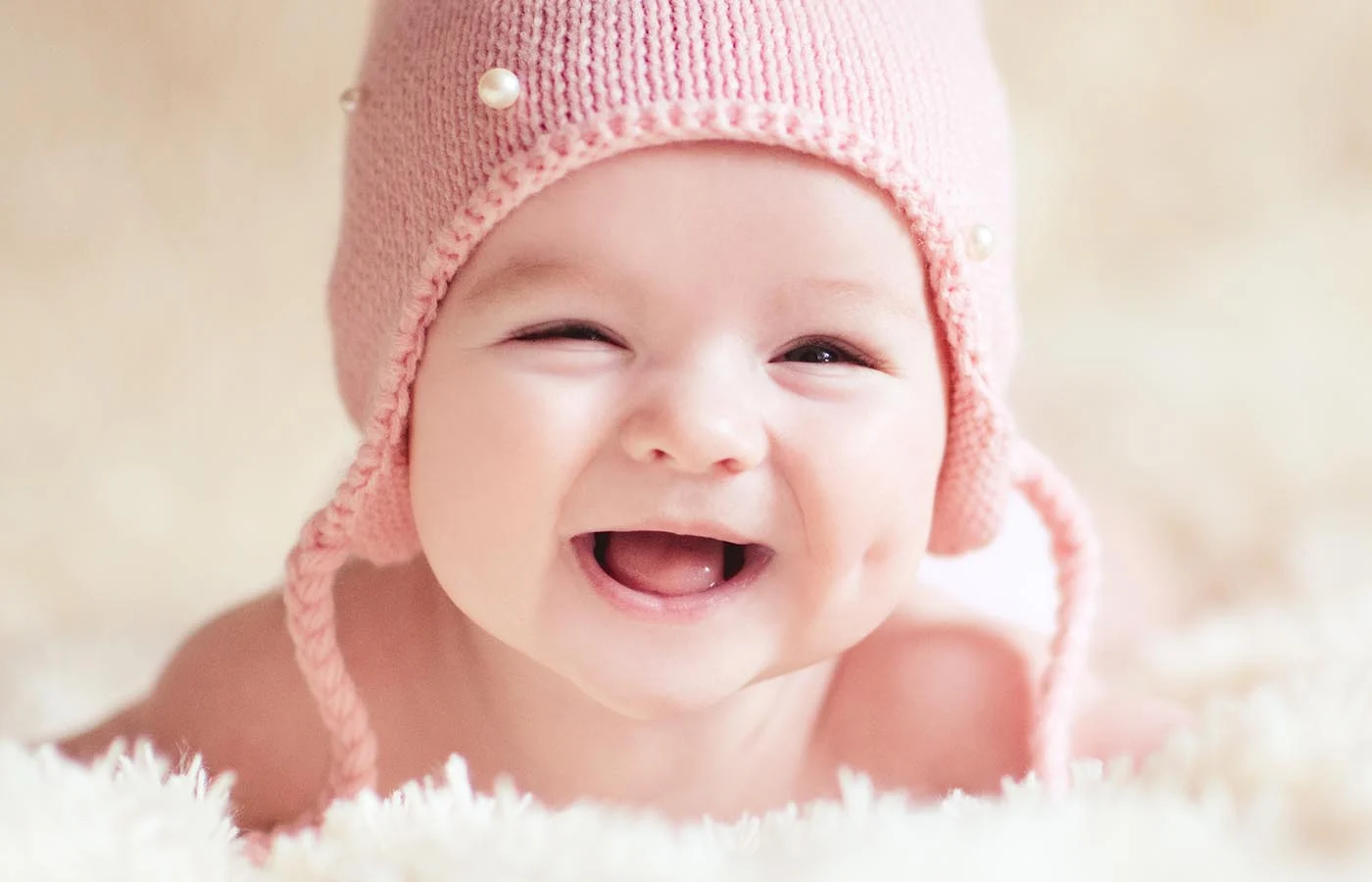As a child, I grew up in an era when wearing bike helmets, applying sunscreen, and fastening seat belts were not the norms. Kids often rode in the front seat, and the risks associated with concussions and sun exposure were largely unknown. Today, we recognize these dangers and strive to protect our children accordingly. However, I wonder what our kids will think of our current practices in the future, particularly regarding hearing protection.
One significant risk we can address today is the protection of our children’s hearing through the use of earplugs. We live in an increasingly noisy environment, where excessive sound levels at concerts, sporting events, and even restaurants can lead to irreversible hearing loss. Currently, there is no cure for hearing loss, although organizations like the Hearing Health Foundation are making strides in research. Fortunately, we can easily mitigate this risk with simple protective measures like earplugs or earmuffs.
The urgency of addressing this issue is underscored by alarming statistics. A study published in 2010 by The Journal of the American Medical Association revealed that one in five teens experienced some form of hearing loss in 2005-2006, a notable increase from one in seven during the 1988-1994 timeframe. Given the prevalence of earbuds and exposure to loud environments such as concerts and school events, it’s likely this number has risen even further today.
For instance, I recently attended my children’s elementary school talent show, which reached a staggering 90 decibels—well above safe listening levels. Shockingly, not a single child was wearing hearing protection, including my own, because I hadn’t anticipated the volume. The school made no effort to lower the sound or provide earplugs, while they enforce strict helmet rules for biking.
Learning from this experience, I decided to pack earplugs for my children to use at summer camp. Thankfully, they were able to use them during a loud concert at camp, where they even shared earplugs with friends. Unfortunately, the camp staff did not provide them, highlighting how hearing protection remains an overlooked issue compared to more established safety measures like sunscreen application.
My own hearing difficulties have heightened my children’s awareness of the importance of protecting their hearing. However, I recognize that many parents and kids may not be as informed. This raises the question: who is responsible for raising awareness about noise-induced hearing loss? While several nonprofit organizations are dedicated to this cause, their efforts require funding and time. Those of us who understand the consequences of hearing loss should take the initiative to educate others. We can write to schools and camps, urging them to prioritize hearing protection and ensure that earplugs become as standard as bike helmets.
When it comes to noise exposure, the general guideline is that prolonged exposure to sounds at or above 85 decibels can lead to gradual hearing loss. This is comparable to the sound levels found in a busy city street or a school cafeteria. At 105 decibels, which is the maximum volume for most MP3 players, hearing damage can occur within just 15 minutes, while exposure to 110 decibels—typical at concerts—can result in damage after only one minute. For a comprehensive understanding of everyday noise levels, the Hearing Health Foundation provides valuable resources.
For further insight into topics related to pregnancy and home insemination, you might find our post on intracervical insemination engaging. If you’re exploring options for at-home insemination, the artificial insemination kit offers useful information. Additionally, the March of Dimes provides an excellent resource for pregnancy and home insemination topics.
In summary, as we navigate the complexities of modern parenting, it’s essential to recognize the risks associated with noise exposure. By actively promoting the use of earplugs and raising awareness about hearing protection, we can ensure that our children are safeguarded in ways we may have overlooked.
